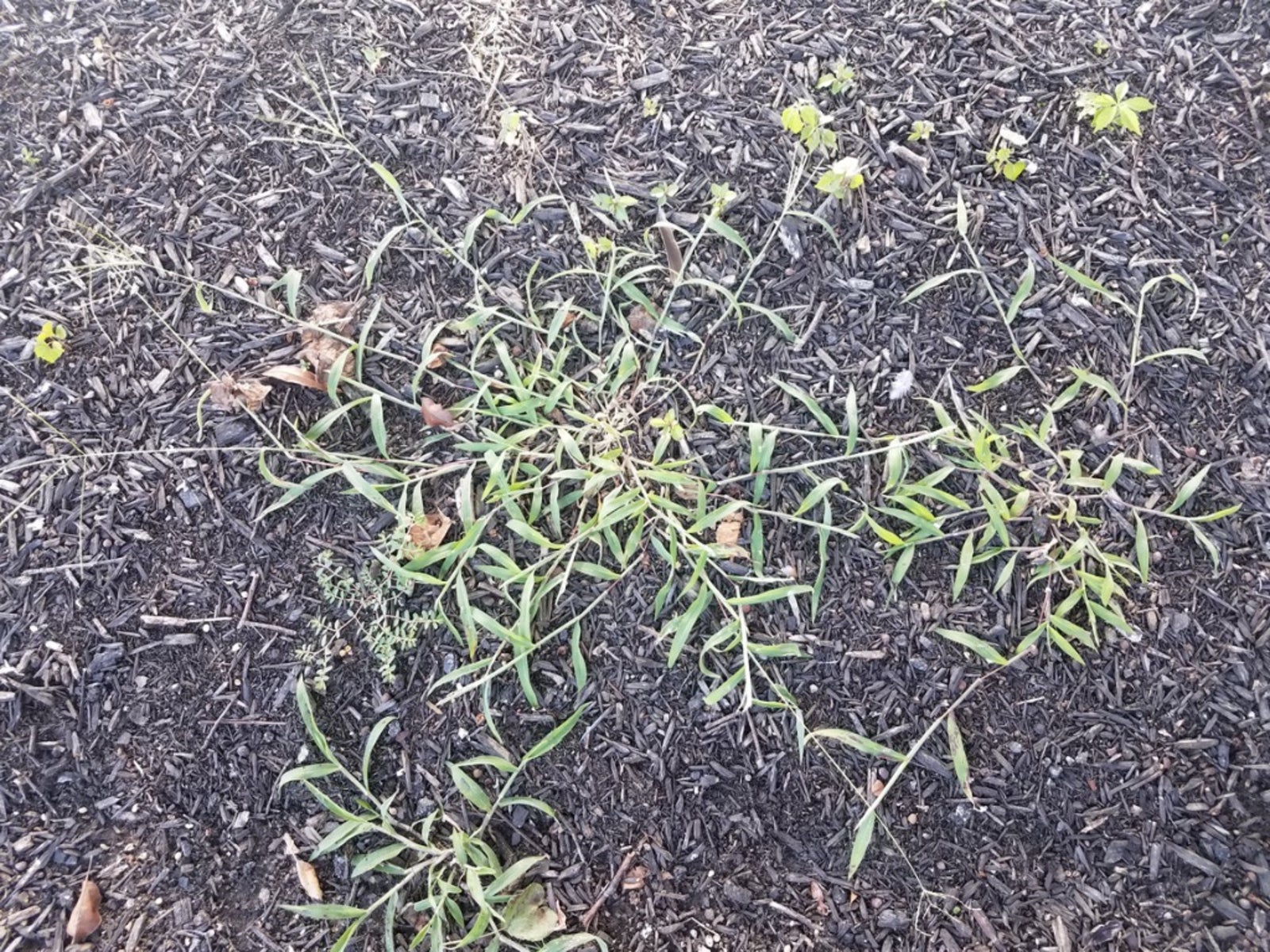Crabgrass Control - How To Kill Crabgrass


Crabgrass (Digitaria) is a frustrating and difficult to control weed that is frequently found in lawns. Getting rid of crabgrass completely is next to impossible, but through carful lawn maintenance and persistence, you can greatly reduce the amount of crabgrass in your yard. Keep reading to learn how to kill crabgrass and using crabgrass control methods to keep it from overtaking your lawn.
Using Crabgrass Prevention to Control Crabgrass
The most effective way to get rid of crabgrass is to make sure that you don't get it in the first place. A healthy and thick lawn is essential to be able to accomplish this. A healthy, crabgrass free lawn will start with proper watering practices. Water your lawn deeply for long periods about once a week. Do not water frequently and shallowly, as this will encourage crabgrass to grow. Deep watering will encourage your grass to grow deep roots and they will be able to reach water better than the crabgrass weed. Proper mowing will also help to keep crabgrass out of the lawn. Frequent mowing to the proper heights, normally between 2.5 and 3 inches (6-8 c.) depending on the type of grass, will make it more difficult for crabgrass to grow. Appropriate fertilizing and annual dethatching will also encourage a thick and strong lawn, which will prevent crabgrass from being able to establish itself.
How to Kill Crabgrass After it is Established
Sometimes crabgrass sneaks into our lawns and flower beds, despite our best efforts. Getting rid of crabgrass once it has gotten into our yards will take time and persistence. The most common method for crabgrass control in the lawn is to use an herbicide. Selective crabgrass killer herbicide, non-selective herbicide, and pre-emergent herbicide will all work to get rid of crabgrass. Which one you use will depend on where the crabgrass is growing and what time of year it is. For spot treatment of crabgrass any time of year, say in flower beds and very small areas in the lawn, a non-selective herbicide will work. Non-selective herbicides will kill any plant that it comes in contact with. This includes the crabgrass and any plants around the crabgrass. In early spring, a pre-emergent herbicide works well for getting rid of crabgrass. Since crabgrass is an annual, the pre-emergent will keep the seeds from last year's plants from sprouting. Later in the year, after the crabgrass seeds have germinated, you can use a crabgrass selective herbicide. Be aware, however, that the more mature the crabgrass is, the better able it is to resist the selective herbicide. You can also use organic methods for crabgrass control. The most common method for getting rid of crabgrass organically is hand pulling. You can use boiling water as a non-selective herbicide on crabgrass as well. Note: Chemical control should only be used as a last resort, as organic approaches are more environmentally friendly.
Sign up for the Gardening Know How newsletter today and receive a free copy of our e-book "How to Grow Delicious Tomatoes".

Heather Rhoades founded Gardening Know How in 2007. She holds degrees from Cleveland State University and Northern Kentucky University. She is an avid gardener with a passion for community, and is a recipient of the Master Gardeners of Ohio Lifetime Achievement Award.